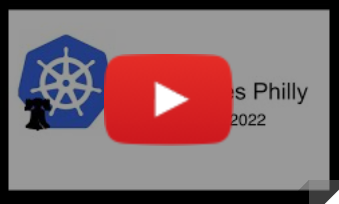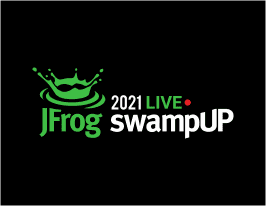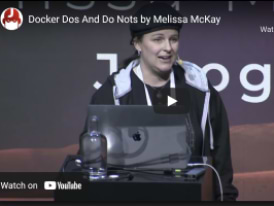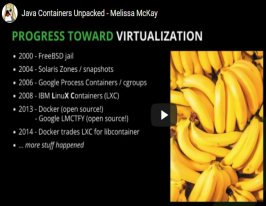Let’s Deploy A Containerized Application @ Docker Community All Hands
September 1, 2022
< 1 min read
Let’s Deploy A Containerized Application @ Docker Community All Hands
Kubernetes is an open-source container orchestration system for automating deployment, scaling, and management. Docker Desktop is the easiest way to run Kubernetes on your local machine. Will talk about docker desktop k8s cluster setup, and deploying/Upgrading/Scaling/Debugging an application.







